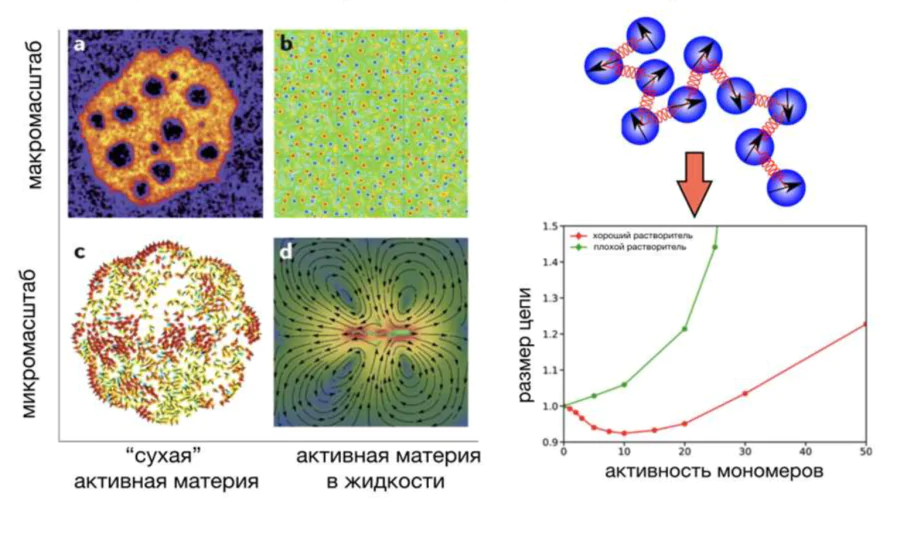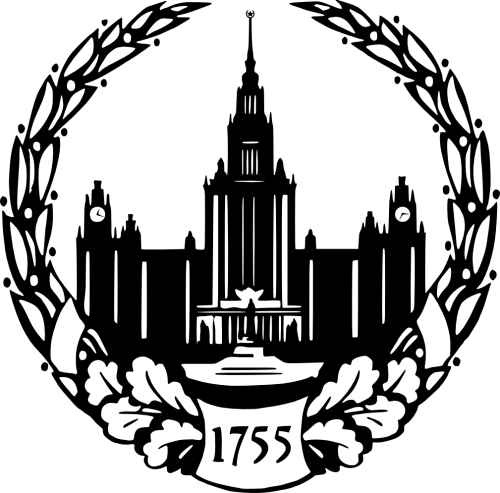Laboratory of Microstructured Polymer Materials
Publications
91
Citations
2 351
h-index
25
Authorization required.
Research directions
Crystallization and high-modulus fibers
+
Fibers and partially crystalline polymer materials make up the largest proportion of polymers produced by the chemical industry. But so far, such important technological processes as fiber stretching and deformation-induced crystallization do not have clear physical models. Within the framework of this topic, students will simulate the processes of polymer synthesis and the production of highly oriented fibers from them. In the future, this will help to identify and substantiate new methods for obtaining high-modulus fibers and materials that are significantly superior to empirically selected methods.
Visualization of microgels
+

Microgels are submicron–sized particles whose internal structure is a three-dimensional crosslinked polymer mesh. Thermo- and pH-sensitive, they attract great attention due to the unique properties of these objects: on the one hand, microgels are able to form solutions of microparticles stable to aggregation; on the other, they change their conformational state in response to changing environmental conditions. This opens up broad prospects for the creation of functional objects and materials based on microgels: stabilizing surfactants, drug carriers, photonic crystals, superabsorbents. But it is very difficult to see these objects.
Polymers with active links
+

Active matter is a medium of particles capable of directional motion when absorbing energy. The diversity of active matter encompasses both synthetic and living systems, including active gels, cytoskeleton, cells and tissues, synthetic and biological microfowl, and even herds of animals. When such particles are combined into polymer chains, the complexity of the behavior of active systems increases significantly and completely new effects appear at various scales, the causes of which remain largely unclear. As part of the work in this area, students will explore the mechanisms of self-organization in solutions of active homopolymers and copolymers consisting of “beads” of various activities.
Publications and patents
Found
Nothing found, try to update filter.
2023
—
2026
| Чертович Александр Викторович
2022
—
2024
| Хохлов Алексей Ремович
Lab address
Москва, Ленинские горы, д. 1
Authorization required.








